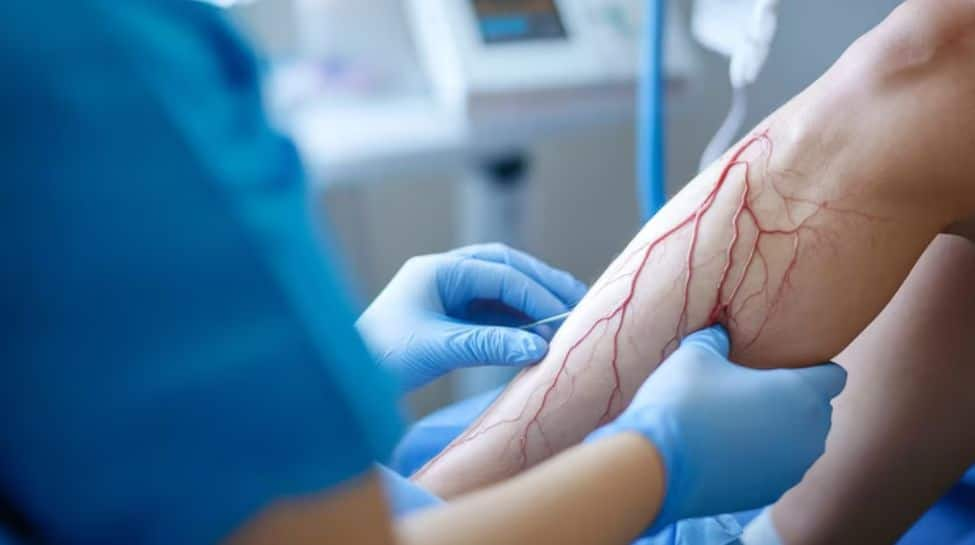Rising humidity and waterborne infections during the monsoon season can worsen vascular conditions like varicose veins, deep vein thrombosis (DVT), and peripheral artery disease (PAD). Early diagnosis and timely treatment are key to preventing serious complications.
Mumbai: The monsoon season is often linked to a spike in waterborne diseases and skin infections. However, for individuals with underlying vascular conditions, this time of year poses an even greater threat. Hence, it is essential for people, especially those with diabetes, high blood pressure, or circulation issues, to exercise caution, as damp weather can raise the chances of swelling, clot formation, and serious leg infections. Timely diagnosis and treatment are vital to avoid long-term damage. Follow the guidelines given by the expert and stay healthy during the monsoon.
Vascular conditions affect the body’s blood vessels, particularly arteries and veins. Common conditions include varicose veins, deep vein thrombosis (DVT), peripheral artery disease (PAD), and chronic venous insufficiency. “These conditions often lead to poor blood circulation, swelling, pain, and increased vulnerability to infection.
The causes can be poor lifestyle habits, smoking, obesity, lack of exercise, and underlying conditions like diabetes and high cholesterol often contribute to vascular disease. Symptoms are leg pain or cramping, swelling and heaviness in the legs, discoloration or slow-healing wounds, and visible, bulging veins,” said Dr Ashank Bansal – Vascular Surgeon & Interventional Radiologist, Surana Sethia Hospital, Chembur
Dr Ashank Bansal added, “Moreover, monsoon can impact one’s vascular health. Stagnant water, wet clothes, and high humidity during monsoon create the perfect environment for fungal infections. These factors can worsen existing vascular issues by increasing swelling, skin breakdown, and infection risk. Hence, infections can spread rapidly in areas with poor circulation, increasing the risk of ulcers, cellulitis, or even gangrene. In severe cases, these complications may lead to hospitalization or limb amputation.
So, ensure to keep the feet dry and clean, avoid long hours in wet clothes or footwear, wear compression stockings if advised, pay attention to any changes in leg color, pain, or swelling. It will also be imperative to maintain a healthy diet and blood sugar levels to keep leg infections at bay.

